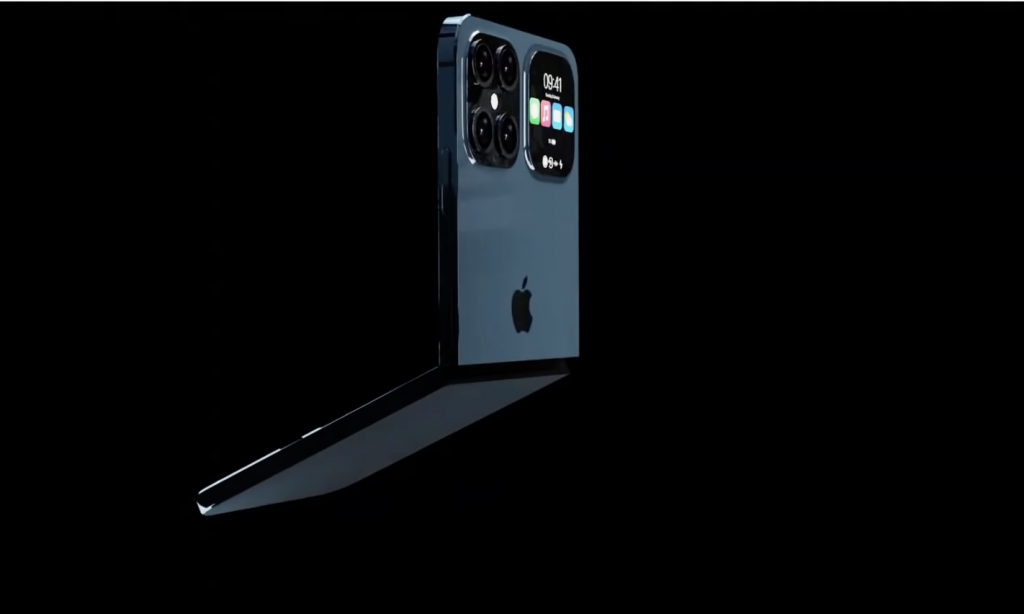The New Smartphone Trend That’s Slowly Catching On
Samsung launched an updated version of the foldable phone in 2019 and since then other companies have launched their own version.
This article is more than 2 years old

Constant changes in the technological landscape call for fresh approaches and developments in the smartphone market. In some cases, like in fashion, old trends come full circle and go from out of style to in style. Foldable phones are one such trend that is slowly gaining traction.
The basic premise of distant discussion has remained constant over time. But, like other devices, smartphones continue to get better and better in terms of technology, making them easier to use and giving us more options. And that’s where the latest trend, the foldable smartphone, comes in. Smartphones with foldable screens can be opened and closed like a mini laptop.
Although this technology has been in the works for a while, according to a recent article published in CNET, it has been a slow start to foldable devices since Samsung first introduced the Galaxy Z Fold in 2019, particularly outside of China. However, more and more smartphone companies like Oppo, OnePlus, and Motorola are jumping on the trend, giving Samsung a run for their money.
No matter which brand consumers go for, today’s foldable smartphones provide a one-of-a-kind mobile experience that bridges the gap between a tablet’s stationary use and a smartphone’s on-the-go mobility. The device folds into a smaller size, akin to a “pocket laptop,” making it convenient for on-the-go users to carry it almost anywhere. With the panels’ ability to fold, users may extend their device to a larger display, making it simpler to do things like multitask, view films, and play games.
The potential to give a more immersive experience is one of the main benefits of foldable phones. The greater real estate afforded by larger screens allows consumers to immerse themselves in their media of choice, be it video, a game, or an app. The foldable design provides an even more adaptable user experience by enabling many usage modes and configurations.
One of the many advantages of foldable technology is its durability. In contrast to their predecessors with glass screens, foldable phones are made of stronger, more resilient materials that are less prone to cracks and scratches.
The cutting edge of smartphone technology is also present in foldable phones. They boast the most up-to-date software, the fastest CPUs, and additional features like 5G connection, better cameras, and longer battery life. For users in need of a smartphone that can keep up with their hectic schedules, these advantages make foldable smartphones an appealing option.
Even with all the perks that foldable phones offer consumers, there are a number of reasons why some may be hesitant to purchase one. The first one being price—they don’t come cheap. Due to their novelty, foldable smartphones are now priced at a premium. Many customers, especially those who are not tech-savvy or who do not see the benefit in paying a premium for a foldable device, find this to be a significant hurdle.
It will be exciting to follow the progress of foldable phones and see whether they become the norm in the smartphone industry as the sector continues to expand. For the time being, users looking for a gadget that can keep up with their hectic lifestyles and provide a more immersive experience should think about purchasing a foldable phone.





